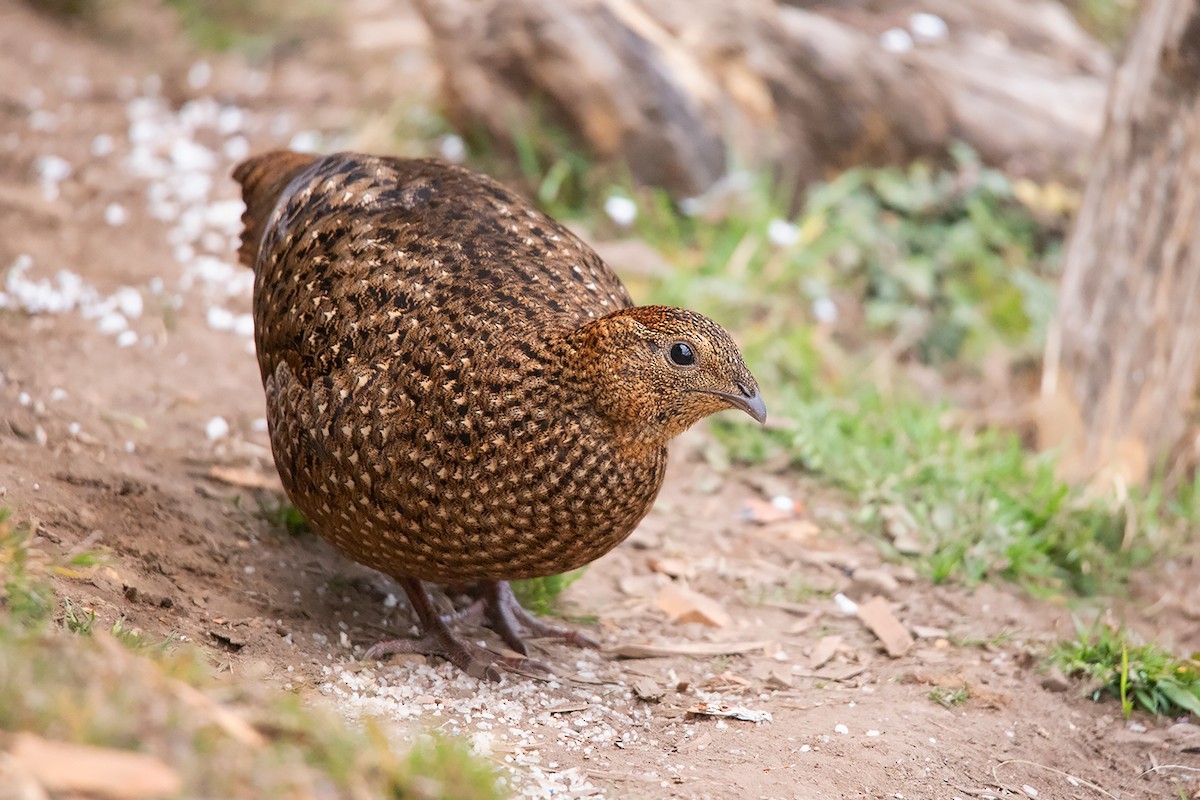Satyr Tragopan
A species of Tragopans Scientific name : Tragopan satyra Genus : Tragopans
Satyr Tragopan, A species of Tragopans
Botanical name: Tragopan satyra
Genus: Tragopans
Content
Description General Info
 Photo By Ayuwat Jearwattanakanok
Photo By Ayuwat Jearwattanakanok Description
The satyr tragopan (Tragopan satyra) also known as the crimson horned pheasant, is a pheasant found in the Himalayan reaches of India, Tibet, Nepal and Bhutan. They reside in moist oak and rhododendron forests with dense undergrowth and bamboo clumps. They range from 2400 to 4200 meters in summer and 1800 meters in winter. The male is about 70 cm long. When it is mating season, male satyr tragopans grow blue horns and a gular wattle. When ready to display, they will inflate their horns and hide behind a rock, waiting for females to pass by. When one does, they will perform an elaborate and attractive display in front of the females. At the end of the display, the male will stretch to his full height and show off all of his ornaments. Females are brown. Males are usually red with blue, black, and white spots and freckles. Although the least threatened of the tragopans, satyr tragopans still face many threats. The species is thought to have a moderately small population that is subject to hunting and habitat loss throughout most of its range. 
Size
72 cm
Nest Placement
Ground
Feeding Habits
Satyr Tragopan feeds mainly on vegetation like small leaves and fruits, and invertebrates such as earwigs and ants. Active early morning and late afternoon, satyr Tragopan forages on the ground and in trees around streams, showing a preference for damp areas and mossy habitats.
Habitat
The satyr Tragopan typically resides in primary broadleaf forests characterized by a lush understory and presence of flora such as oak, Magnolia, Rhododendron species, and dense bamboo groves. The bird favors environments that maintain high humidity and offer ample vegetation cover for foraging and nesting.
Dite type
Herbivorous
General Info
Feeding Habits
Bird food type

 Photo By Ayuwat Jearwattanakanok
Photo By Ayuwat Jearwattanakanok